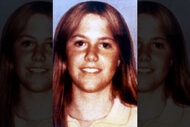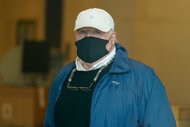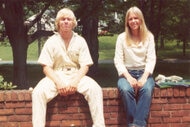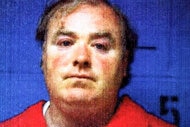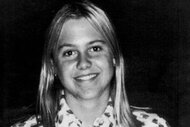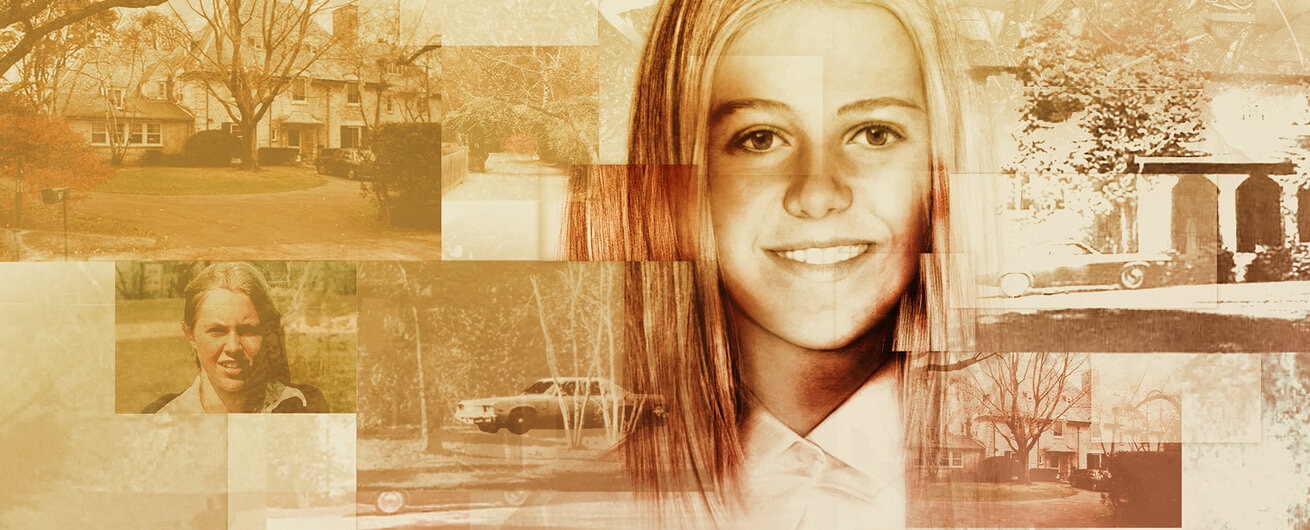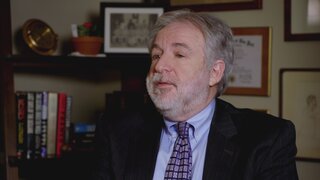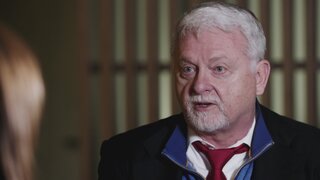Create a free profile to get unlimited access to exclusive videos, breaking news, sweepstakes, and more!
What Is RFK Jr.’s Connection To The Martha Moxley Case? Why He Defends Cousin Michael Skakel
In 2016, Robert F. Kennedy. Jr. published “Framed: Why Michael Skakel Spent Over a Decade in Prison for a Murder He Didn’t Commit," which attempted to clear his cousin’s name.
Growing up, Robert F. Kennedy Jr. was not particularly close with his mother Ethel Kennedy’s (née Skakel) side of the family. According to Kennedy, an environmental attorney and former prosecutor, the Skakels were “very conservative” Republicans, while the Kennedys were Democrats, and the two families had been estranged.
In the early 1980s, however, Kennedy began spending time with his younger cousin, Michael Skakel. It was then Skakel opened up to Kennedy about the infamous murder of Skakel’s neighbor, 15-year-old Martha Moxley — and Skakel found an important ally.
“He talked about everything,” Kennedy said during “Murder and Justice: The Case of Martha Moxley,” airing on Oxygen Saturdays at 7/6c. “I knew all about his experience with the murder and what had happened that night.”
Moxley was bludgeoned and stabbed to death with a golf club outside of her Greenwich, Connecticut home on October 30, 1975. Although Skakel was not initially named a suspect in the investigation, police began taking a closer look at the Kennedy cousin in the early 1990s, when the case was reopened after decades of dead-end leads.
In 2000, Skakel was arrested and charged with Moxley’s murder, and two years later, he was found guilty and sentenced to 20 years to life in prison. At the sentencing hearing, Skakel spoke for the first time since the trial began and gave a statement proclaiming his innocence.
But Skakel wasn’t the only person attempting to clear his name. His cousin RFK JR. was also publicly proclaiming his belief in Skakel’s innocence.
Shortly after Skakel’s sentencing, Kennedy published an essay in The Atlantic titled “A Miscarriage of Justice.” The article claimed Skakel was innocent and argued the State’s case against Kenneth Littleton, the Skakels’ live-in tutor at the time and a former suspect, was stronger than the case against Skakel. (Littleton has never been charged with Moxley’s murder and maintains he had no involvement.)
While Kennedy was attempting to clear his cousin’s name, he was [indirectly?] contacted by a man named Gitano “Tony” Bryant, who said he knew who had really killed Martha Moxley. Bryant, a former classmate of Skakel’s, claimed he was in Greenwich the night of the slaying with two friends from the Bronx — Adolph Hasbrouck and Burton Tinsley. He alleged Hasbrouck was “obsessed” with Moxley and said the two later admitted to attacking her “caveman style,” clubbing her with the Toney Penna 6-iron.
At first, Kennedy said he was “very skeptical” of Bryant’s story, but he spearheaded an inquiry into the claims, hiring private investigators to verify the allegations. The result? “Framed: Why Michael Skakel Spent Over a Decade in Prison for a Murder He Didn’t Commit,” a book that alleged “prosecutors have sufficient cause to indict Burton Tinsley and Adolph Hasbrouck for Martha Moxley’s murder.”
“Tony Bryant’s story was corroborated again and again by many, many pieces of evidence,” Kennedy told “Murder and Justice” host and former prosecutor Laura Coates.
One such alleged piece of corroborative evidence Kennedy points to are two of the unidentified hairs that were recovered from the police blanket used to wrap Moxley’s body. One hair was identified as having African American characteristics and the other as possibly Asian —other unidentified hair was present, as well. Hasbrouck is African-American, and Bryant allegedly told Kennedy that Tinsley had Asian heritage.
Legally, however, Bryant has never gone on record about his claims. In 2003, Skakel’s defense lawyers wanted Bryant to provide witness testimony in their efforts to reverse Skakel’s murder conviction. Bryant subsequently denied knowing the identity of Martha’s murderer(s) and said his statements had been “blown out of proportion,” reported The New York Times.
“I was there in Greenwich the night of the murder,” he told the outlet. “I didn't see anything … I didn't see the murder take place. I don't know who killed her.”
When Skakel’s defense team was attempting to seek a new trial in 2007, his attorneys introduced Bryant’s claims to a Connecticut judge, who said they “lacked credibility” and were “absent any genuine corroboration.”
Still, Kennedy stood by Bryant’s claims in “Framed,” which was published in 2016, and has suggested that prosecutors offer Bryant immunity so that he will go on record about the night Moxley was killed, insisting that there is at least enough evidence to investigate his claims.
Neither Tinsley nor Hasbrouck have ever been named as suspects by authorities or charged in connection with the case, and both have maintained their innocence. Tinsley, Hasbrouck, and Bryant have since invoked their Fifth Amendment right against self-incrimination, reported Reuters.
Hasbrouck’s attorney, Lawrence Schoenberg, spoke with Coates and stated there is no “credibility of voracity” to what Bryant has told private investigators. Schoenberg also said Hasbrouck was nowhere near Greenwich the night of the murder, and that no witnesses reported seeing Hasbrouck or Tinsley.
“I don’t think anybody even saw Tony Bryant, and Tony Bryant himself was known there [in Belle Haven],” said Schoenberg. “So if Tony actually had been there, and nobody saw him, how is that possible? … It didn’t happen.”
Due to the fact that the murder took place on Mischief Night, there was a “larger than normal police” presence in the gated community, and it is highly unlikely that the three teens would have gone unnoticed, according to Schoenberg. He also insisted Hasbrouck never knew Moxley and that he did not have a crush or fixation on the 15-year-old before she was murdered.
Schoenberg went on to explain that Hasbrouck took the Fifth Amendment in response to a subpoena from Skakel to testify at a civil deposition. The constitutional lawyer advised him to plead the Fifth because it “stops everything in its tracks, and you get to be left alone.”
On May 4, 2018, the Connecticut Supreme Court vacated Skakel’s murder conviction after years of appeals, ruling that Skakel’s 2002 trial attorney failed to present evidence of an alibi. The State has not yet announced if it will move forward with a retrial.
It is still unknown what happened to Martha Moxley, and her mother, Dorthy Moxley, continues to fight for justice. In conversation with Coates, Dorthy said she “truly believes” Skakel is the one who murdered her daughter, and that she never paid any attention to the Hasbrouck and Tinsley theory.
When asked if Skakel will ever truly be “free,” Dorthy said, “Martha will be with him forever… I don’t think his life will be easy.”
Michael Skakel maintains his innocence to this day.
To learn more about the infamous Greenwich murder and the sensational trial that followed, watch “Murder and Justice: The Case of Martha Moxley,” Saturdays at 7/6c on Oxygen.




